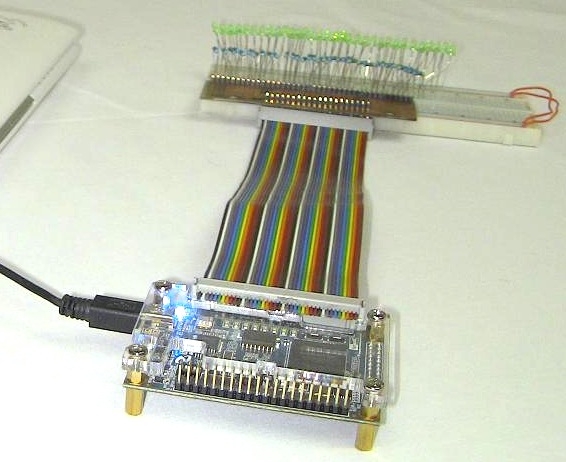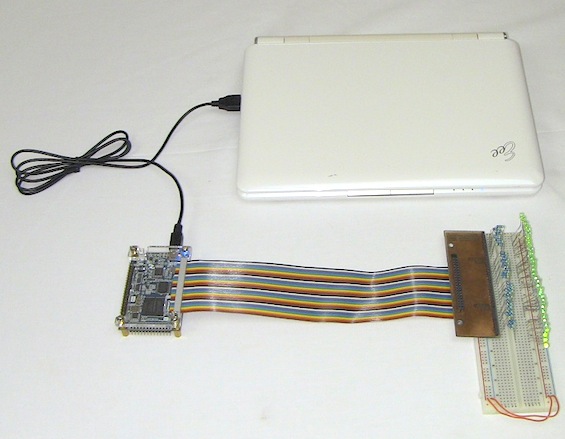A quick start-up guide for TI’s Stellaris Launchpad
The Stellaris® LM4F120 LaunchPad Evaluation Board is a low-cost evaluation platform for ARM® Cortex™-M4F-based microcontrollers from Texas Instruments. This quick start-up guide from Texas Instruments will help you verify that your tools are properly installed and that you can edit, compile, download and debug your code on the Stellaris® LM4F120 LaunchPad.
Read more

